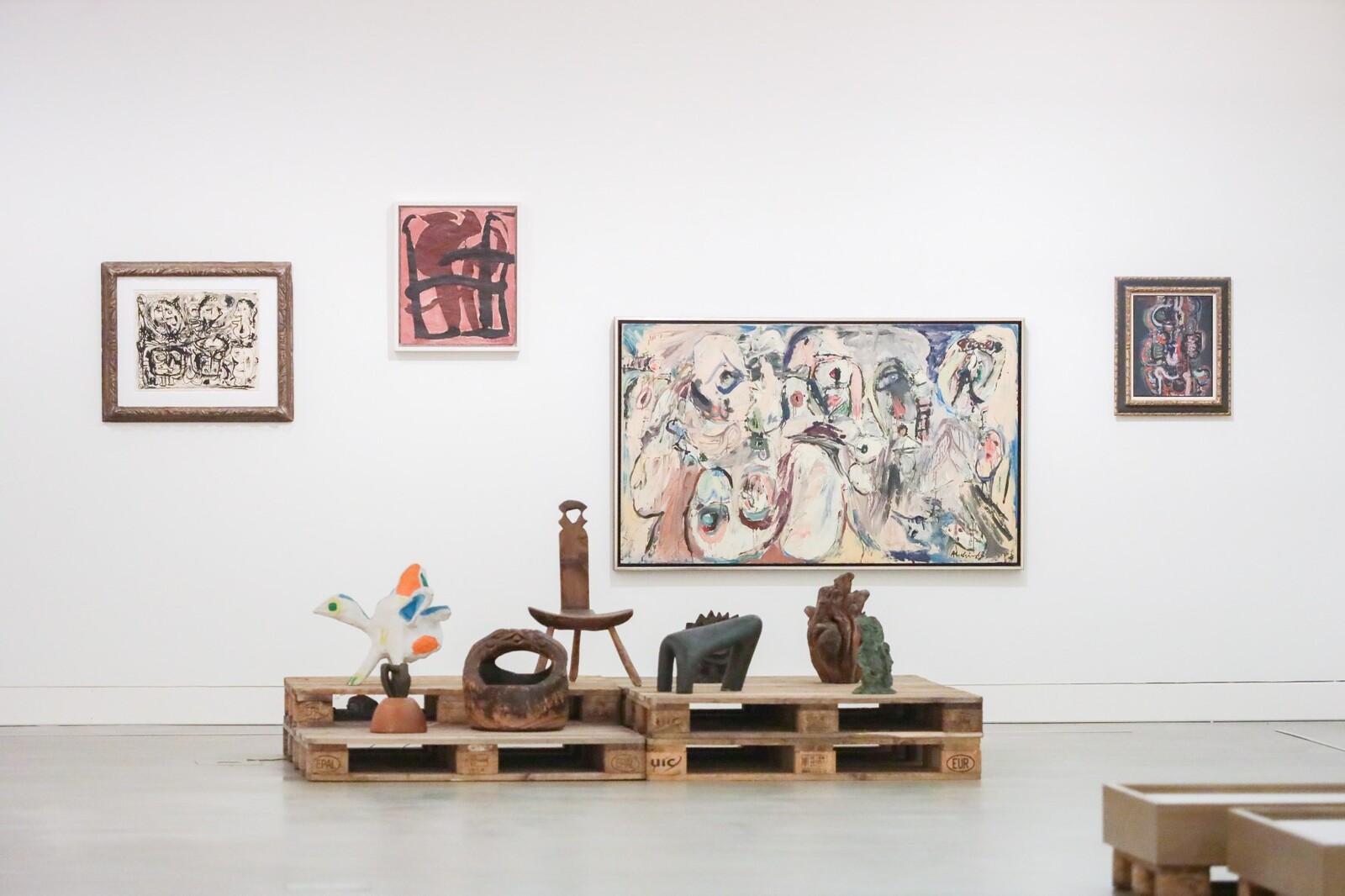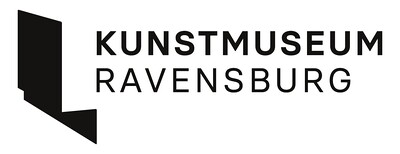DREAM, PLAY, REALITY
November 25, 2023–June 23, 2024
Burgstr. 9
88212 Ravensburg
Germany
Hours: Tuesday 2–6pm,
Wednesday–Sunday 11am–6pm,
Thursday 11am–7pm
T +49 751 822685
kunstmuseum@ravensburg.de
In Paris on November 8, 1948, there is a spontaneous meeting of the artists Asger Jorn (Denmark), Christian Dotremont and Joseph Noiret (Belgium) as well as Karel Appel, Constant and Corneille (The Netherlands). The artists, all of them quite young, engage in discussions that lead directly to the establishment of the first group of international artists after the Second World War in Europe, which soon will take on the name COBRA. In no uncertain terms, they proclaim their opposition to the inhumanity of political systems and to the readiness of regimes to employ violence; their actions are motivated by the hope of a better future. COBRA is remembered today as a revolt by young artists who succeeded in forming an international community in postwar Europe and, above all else, in thenceforth considering life and art to be an indivisible unity (“Living in Art”). As an “international organization of experimental artists,” their declared goal, their “dream,” was to create not only a “different art” envisioned as a form of play and experimentation, but also above all a society conceivable only in terms of openness. In its works of art, COBRA did not pursue a style but instead a language that was free, spontaneous and universal.
With their peripatetic way of life, their communal works, and their interest in all forms of human expression, these artists sought an encounter with a reality beyond the bounds of the “bourgeois canon of art” and stood in opposition to every form of hierarchy as well as to the abstractions of modernism that they considered to be void of sense. From 1948 to 1951, COBRA organized itself as an “open” movement. There was never a statement announcing the dissolution of the group or the renunciation of its goals. On the contrary, the artists maintained the spirit of COBRA in their later developments and international careers throughout the 1960s and 1970s, thereby serving as models for subsequent generations.
With works from the Sammlung Selinka of the Kunstmuseum Ravensburg, the Museum Jorn in Silkeborg, the Carl-Henning Pedersen & Else Alfelts Museum in Herning, the Kunstmuseum St. Gallen, the ZKM in Karlsruhe and from numerous international private collections, this exhibition presents works, seldom seen in Germany up to now, by more than forty artists. There are further loans from the Kunsthalle Emden, Kunstmuseum Bochum, the Sammlung Schick, the Stiftung van de Loo, the Galerie Max Hetzler (Berlin), the Galerie Clemens Thimme, as well as Die Galerie (Frankfurt am Main).
With works by Pierre Alechinsky, Else Alfelt, Karel Appel, Jean-Michel Atlan, Christine Boumeester, Eugène Brands, Pol Bury, Jacques Calonne, Hugo Claus, George Collignon, Constant, Corneille, Christian Dotremont, Aldo van Eyck, Sonja Ferlov Mancoba, Else Fischer-Hansen, Elna Fonnesbech-Sandberg, William Gear, Stephen Gilbert, Karl Otto Götz, Reinhoud D’Haese, Anneliese Hager, Mille Heerup, Carl-Otto Hultén, Josef Istler, Egill Jacobsen, Asger Jorn, Zoltán Kemény, Madeleine Kemény-Szemere, Gerrit Kouwenaar, Lucebert, Ernest Mancoba, Étienne Martin, Brian de Martinoir, Richard Mortensen, Joseph Noiret, Erik Ortvad, Anders Österlin, Carl-Henning Pedersen, Grete-Inge Petersen, Siegfried Reich an der Stolpe, Joseph Anton Rooskens, Erik Thommesen, Heinz Trökes, Serge Vandercam, and Theo Wolvecamp.
Curated by Kristina Groß and Axel Heil.



